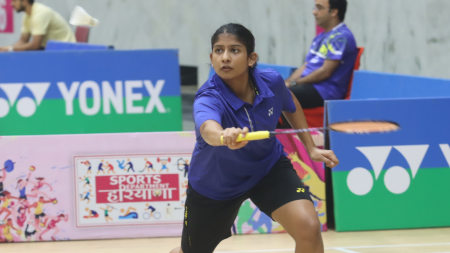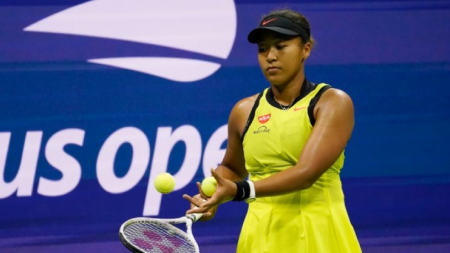Chess Olympiad: How Divya Deshmukh pulled rabbit out of hat with 17 seconds left on clock… and with opponent up three pawns
Divya Deshmukh was in a completely losing position in the fourth round of the Chess Olympiad in Budapest, with just about 17 seconds left on the clock, with three pawns lesser on the board than her opponent, women’s grandmaster Mitra Hejazipour. She had one move to make to stave off doom. By this stage, the top seeded Indian women’s team’s fate in the tie against France was in the balance, with Vaishali drawing her game but Harika Dronavalli and Tania Sachdev still battling in positions that could have swung either way.
One of the nuances of the Chess Olympiad is that individual victories or losses can be easily offset by the rest of the team’s results so players always have to keep an eye on the adjoining boards to decide if they should push their own opponent, or settle for bloodless draws.

Tania Sachdev, in fact, who was asked to play on the fourth board in place of Vantika Agarwal on Saturday, was caught in a complicated position at that stage. But she chose to grind on.
 Tania Sachdev takes on Mitra Hejazipour in the fourth round of the Chess Olympiad. (PHOTO: FIDE/Michal Walusza)
Tania Sachdev takes on Mitra Hejazipour in the fourth round of the Chess Olympiad. (PHOTO: FIDE/Michal Walusza)
“I couldn’t see what was happening on Harika’s board because she was too far away. And I knew Vaishali had drawn. But I could see Divya Deshmukh’s board and it was crazy! So even though my board was complicated I decided to play on,” Tania said on the Chessbase India broadcast.
How Divya Deshmukh won under severe time pressure
The situation on Divya Deshmukh’s board had all the tension of a Bollywood thriller where the protagonist needs to find the right combination to disarm a ticking bomb.
In this case, the code that Divya Deshmukh needed to punch in was to move her knight to the d2 square. It was a move that put pressure on her opponent’s blood-thirsty queen on the b3 square, and one move later, the knight could switch to attacking the pawn standing as a sentry in front of Hejazipour’s king on the f6 square. It was almost like wrestling with two opponents: Hejazipour sitting on the board across from her and the invisible tick-tock-tick of the clock.
Interactive: How Divya Deshmukh escaped from losing position with 17 seconds on the clock
But when the odds stacked against her, Divya Deshmukh pulled a rabbit out of the hat: finding the right move with her queen and making it past the 40-move time control.
 Divya Deshmukh contemplates her next move at the Chess Olympiad. (PHOTO: FIDE/Michal Walusza)
Divya Deshmukh contemplates her next move at the Chess Olympiad. (PHOTO: FIDE/Michal Walusza)
It took another 16 moves, but she ground out a victory to secure a 3.5-0.5 victory for the Indian women’s team over France.
Divya Deshmukh had gone on the attack from the 17th move itself with her pieces trying to put Hejazipour’s king under duress on the farthest corner of the chess board. But having cornered her opponent’s king into a dark alley, Divya found that the Frenchwoman’s pieces were up for a knife fight. As Divya Deshmukh pushed her opponent, she over-extended, and soon was in a losing position herself as Hejazipour built a fortress with a moat around her king.
In the past rounds, Divya Deshmukh had been one of the first ones to finish her match, thereby handing the rest of her teammates a boost in their own contests. But on Saturday, she ended up being the last one to find victory.
Disclaimer: The copyright of this article belongs to the original author. Reposting this article is solely for the purpose of information dissemination and does not constitute any investment advice. If there is any infringement, please contact us immediately. We will make corrections or deletions as necessary. Thank you.





